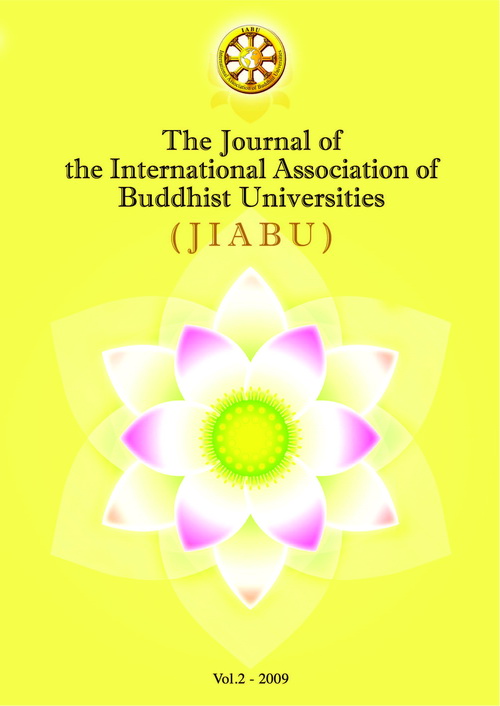Buddhist Education: The History and Background of the Saṅgīti-sutta
Main Article Content
Abstract
The Saṅgīti-sutta from the Dīgha-nikāya was the subject
of my Ph.D. dissertation. What I would like to put forward in this
article is the history of the discourse, to enable additional dialogues
amongst other Buddhist scholars – certainly those senior who have
superior knowledge and insight. I hope this will strengthen better
and respectful engagements amongst us, certainly in the field of
Buddhist education. I begin with Jainism’s perspective of Buddhists,
and the Buddhist perspective of Jainism - as presented in Buddhist
discourses. With this established, the historical perspective can be
understood towards the creative-generation and motivation behind
issuing the Saṅgīti-sutta and, therefore, we today know why we have
it, and why we should use it in Buddhist education.
Article Details
Views and opinions expressed in the articles published by The Journal of the International Association of Buddhist Universities (JIABU), are of responsibility by such authors but not the editors and do not necessarily reflect those of the editors.
References
Orality, and Textual Transmission in Buddhist Northern
Thailand, Chiang Mai: Silkworm Press.
von Glasenapp, Helmuth & Shridhar B. Shrotri, 1999, Jainism:
An Indian Religion of Salvation, Delhi: Motilal Banarsidass Publishers.
Walshe, Maurice, 1995, The Long Discourses of the Buddha –
A Translation of the Dīgha-nikāya, Boston: Wisdom
Publications.
Woodward, F.L., 1972, The Book of the Gradual Sayings
(Anguttara-nikāya) Vol. V, London: The Pāli Text Society.

